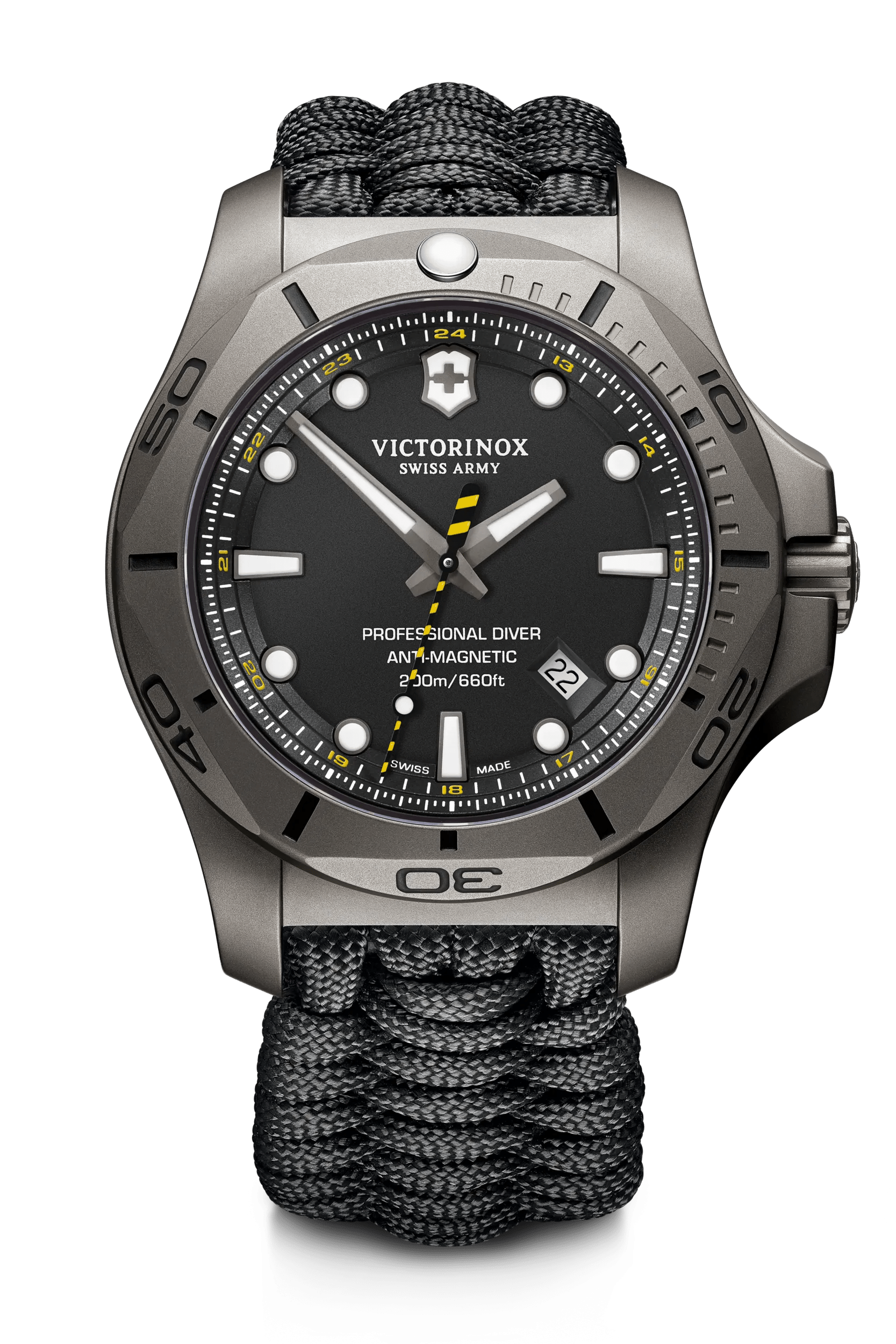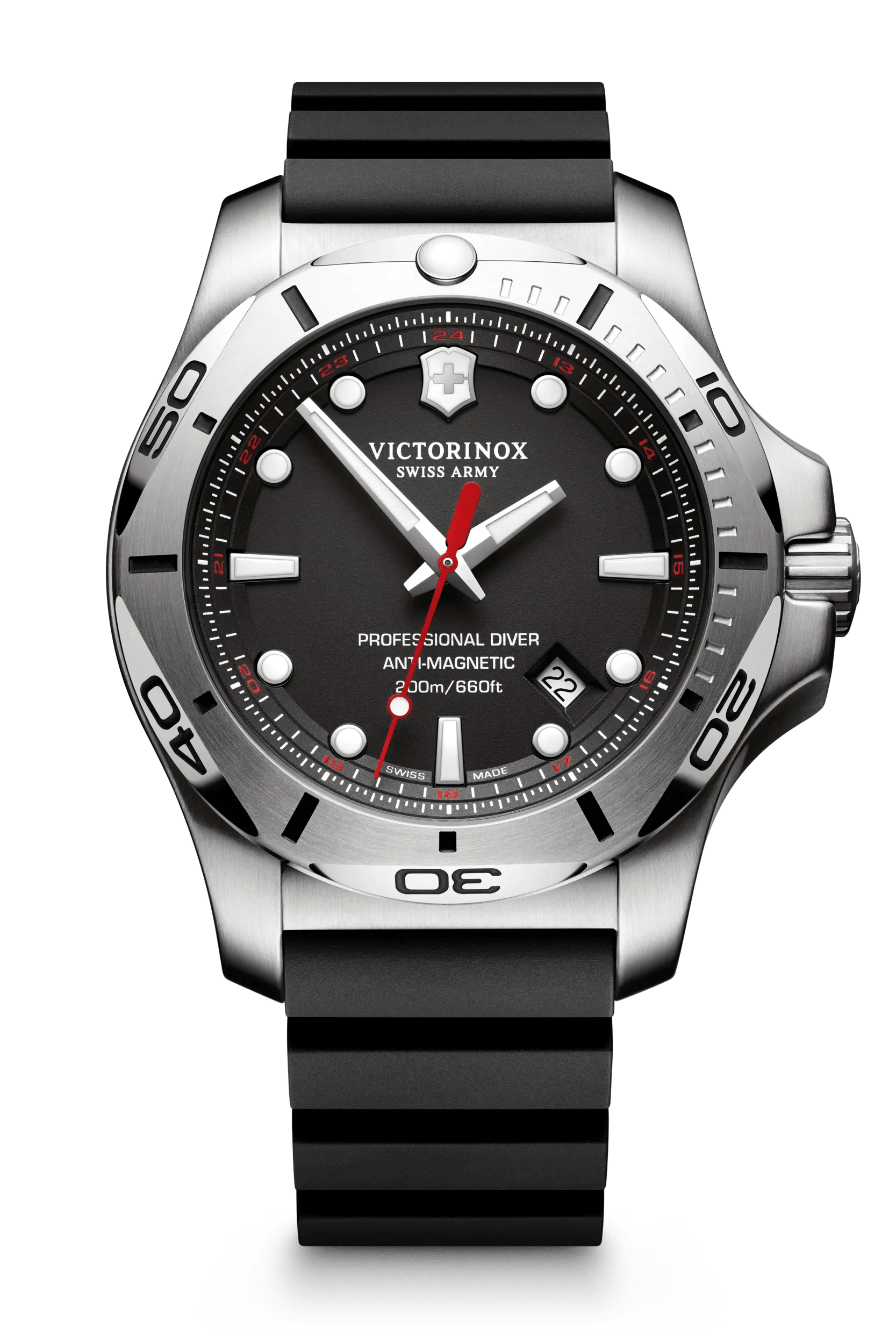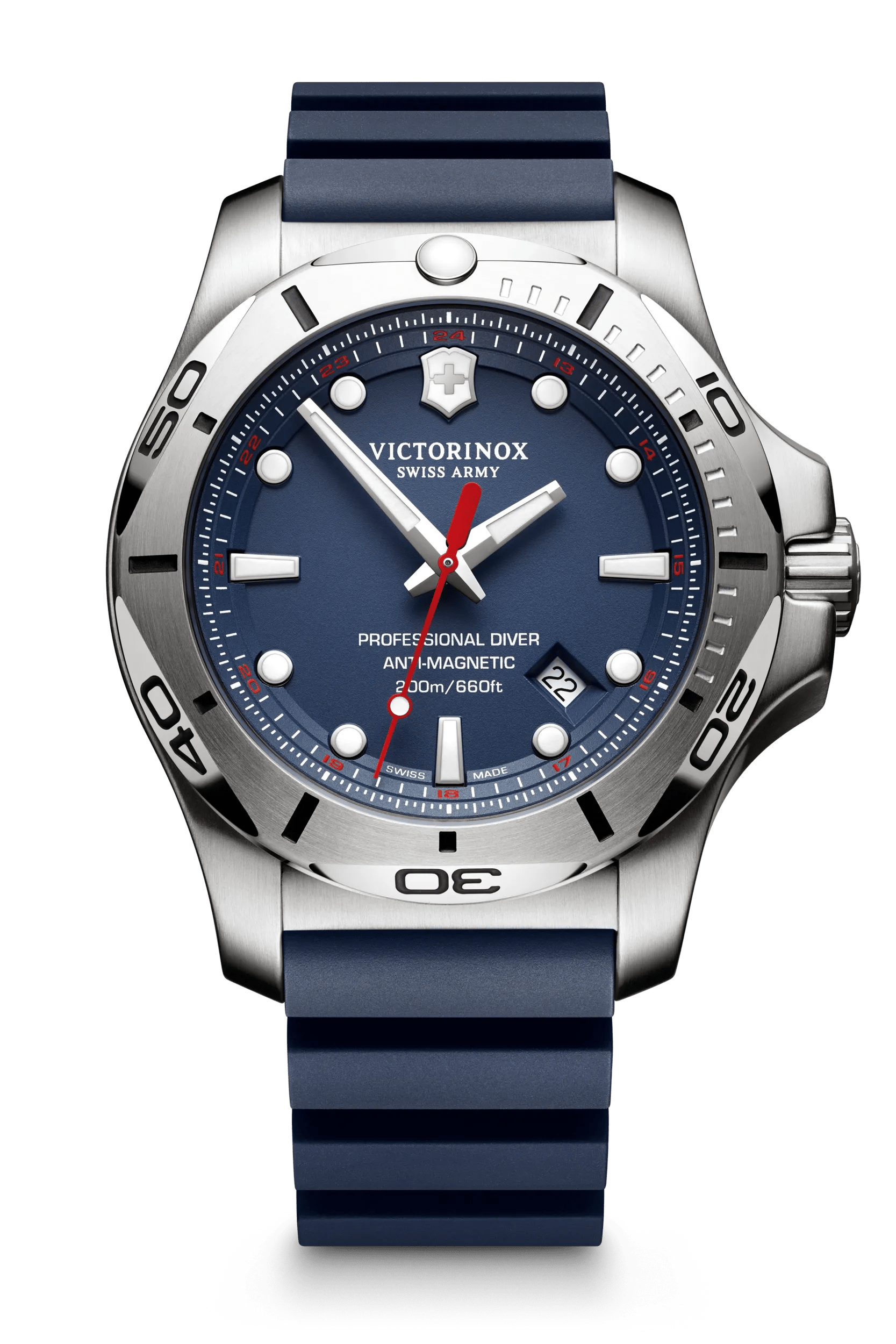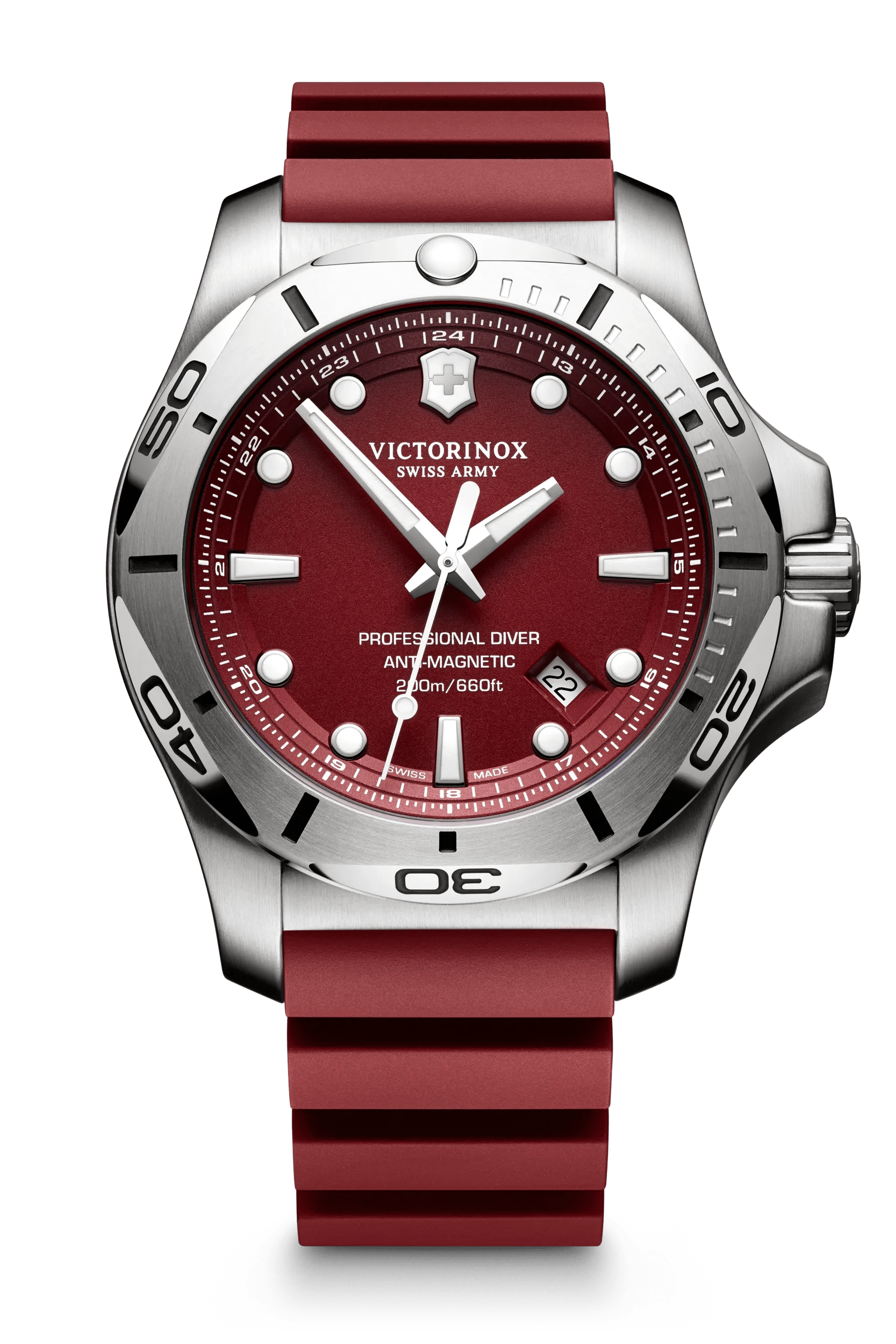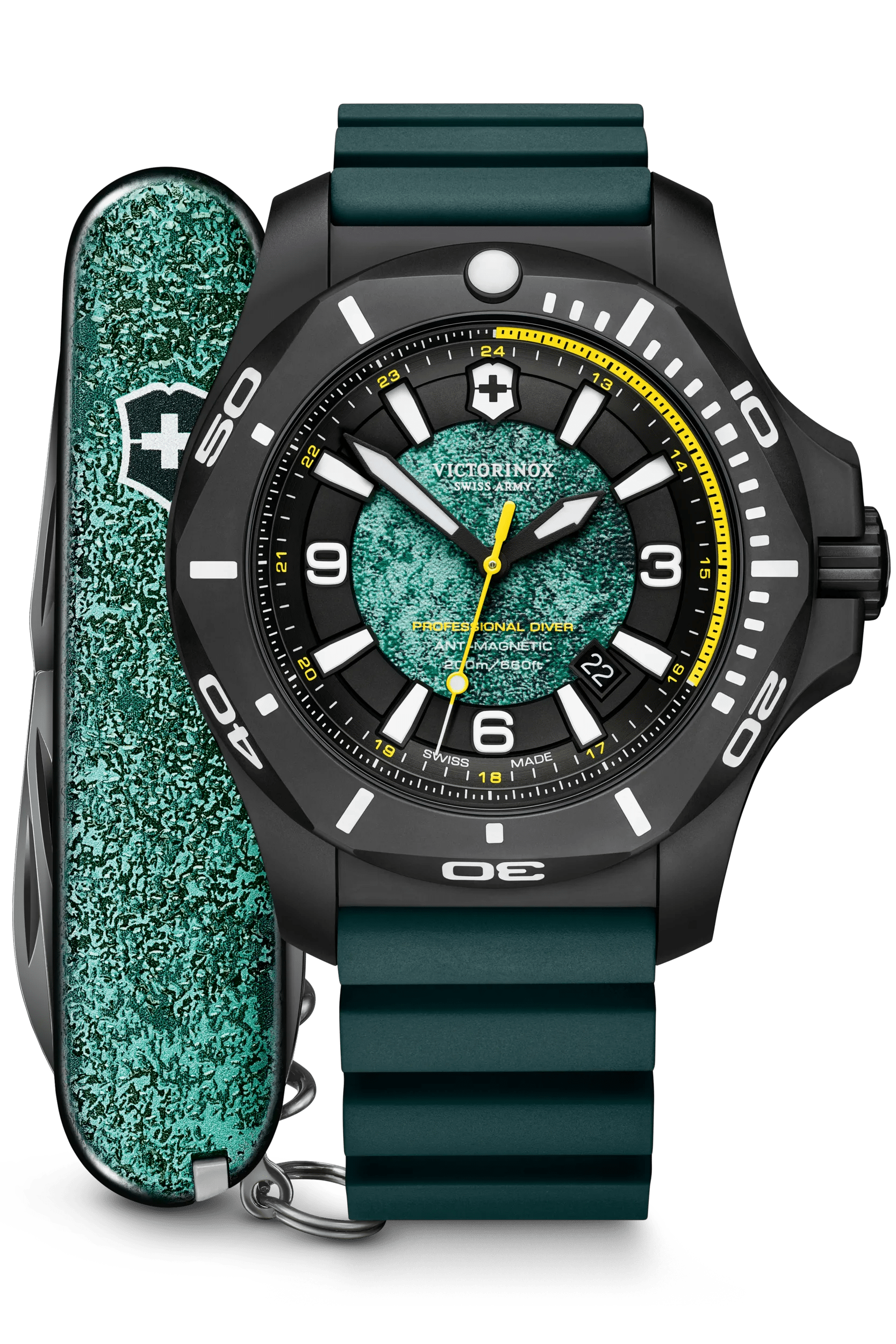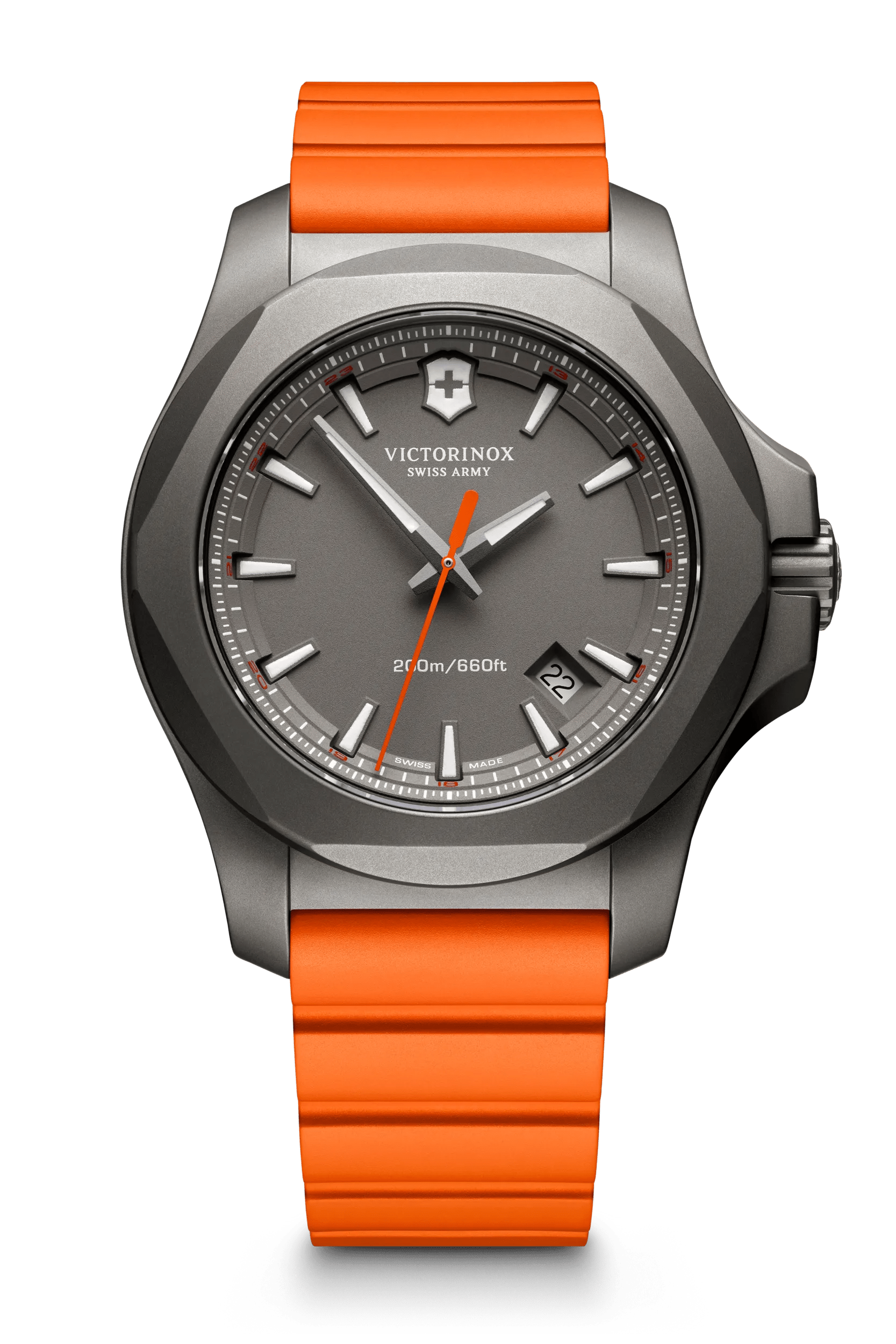The future of stainless steel
Victorinox and ECAL innovate the material of the I.N.O.X. watch
To explore the possibilities of stainless steel in the watch industry, we wanted to ask the next generation of up and coming designers about their take on this traditional material. So we were delighted to collaborate with one of the most famous and innovative design schools in the world: the renowned école cantonale d’art Lausanne, in short: ECAL. Students from all over the world borrowed from areas such as medical surgery, nanotechnology or biomimicry, and applied this knowledge to the world of watches.
A story of tradition and innovation
Over the years we have built quite some expertise in working with stainless steel. About 100 years ago we were the first knife company in the world to work with this material. This innovation marked such a turning point in the quality of our products, that in 1921, we integrated the name for non-rusting steel “inox” into our brand name.
Ever since then, stainless steel has been at the core of our work. It’s this expertise which led us to the world of watches. With all our experience, it just seemed natural to start manufacturing timepieces. And that’s how the legendary I.N.O.X. was born: an homage to a material that keeps stunning us with its ingenuity.
Join us to explore the fascinating possibilities of stainless steel.
Stainless steel – 1 material, 11 innovations
When light beams get focused and then diverted by a reflective material, caustics are created. For example the light reflection in a swimming pool. Applying an engraving according to the principles of light caustics on a watch surface, adds an almost “magical property”. Image: picture taken by student, Rayform SA
The project was headed up by Alexis Georgacopoulos, Director of ECAL, and Thilo Alex Brunner, Head of Master in Product Design at ECAL. Under their initiative, designer and ECAL professor Alexander Taylor led students from all over the world through a three month project on discovering new possibilities for the use of stainless steel.
What is the future of stainless steel in the watch industry, Alexander Taylor?
Por que, em vez de criar relógios neste projeto, você se concentrou no material?
Acredito que os estudantes e designers devem aprender habilidades que lhes permitam ser multifacetados na abordagem e no trabalho, não apenas com o objeto acabado, trabalhando de modo a explorar primeiro o jeito pelo qual podemos trabalhar sem os parâmetros do objeto. O caráter do objeto e a oportunidade de criar algo novo em termos de estética e de produção virão de uma colaboração com fabricantes e do entendimento do designer para adaptar as tecnologias a uma necessidade particular. Durante este processo, as oportunidades se apresentarão inevitavelmente, mais além do briefing original. Não se deter a um design particular de relógio permitiu que o processo realmente informasse e influenciasse o resultado formal.
O que faz do aço inoxidável um material tão interessante para trabalhar?
Ele tem uma qualidade industrial bela e altamente funcional - de certo modo, é altamente tecnológico, mas também é tão familiar! É um material com a capacidade de estimular os sentidos e está associado com produtos, estruturas e desempenho pioneiros. Com este projeto, no entanto, ilustramos como se pode tomar um material que é tão familiar e propor formas absolutamente novas de fabricá-lo ou processá-lo.
Sobre Alex Taylor, designer britânico premiado, professor na ECAL
Share via e-mail
Success!
Your message was successfully sent.
Error!
There was an error while trying to send your message. Please try again.
Your product has been added to your cart

